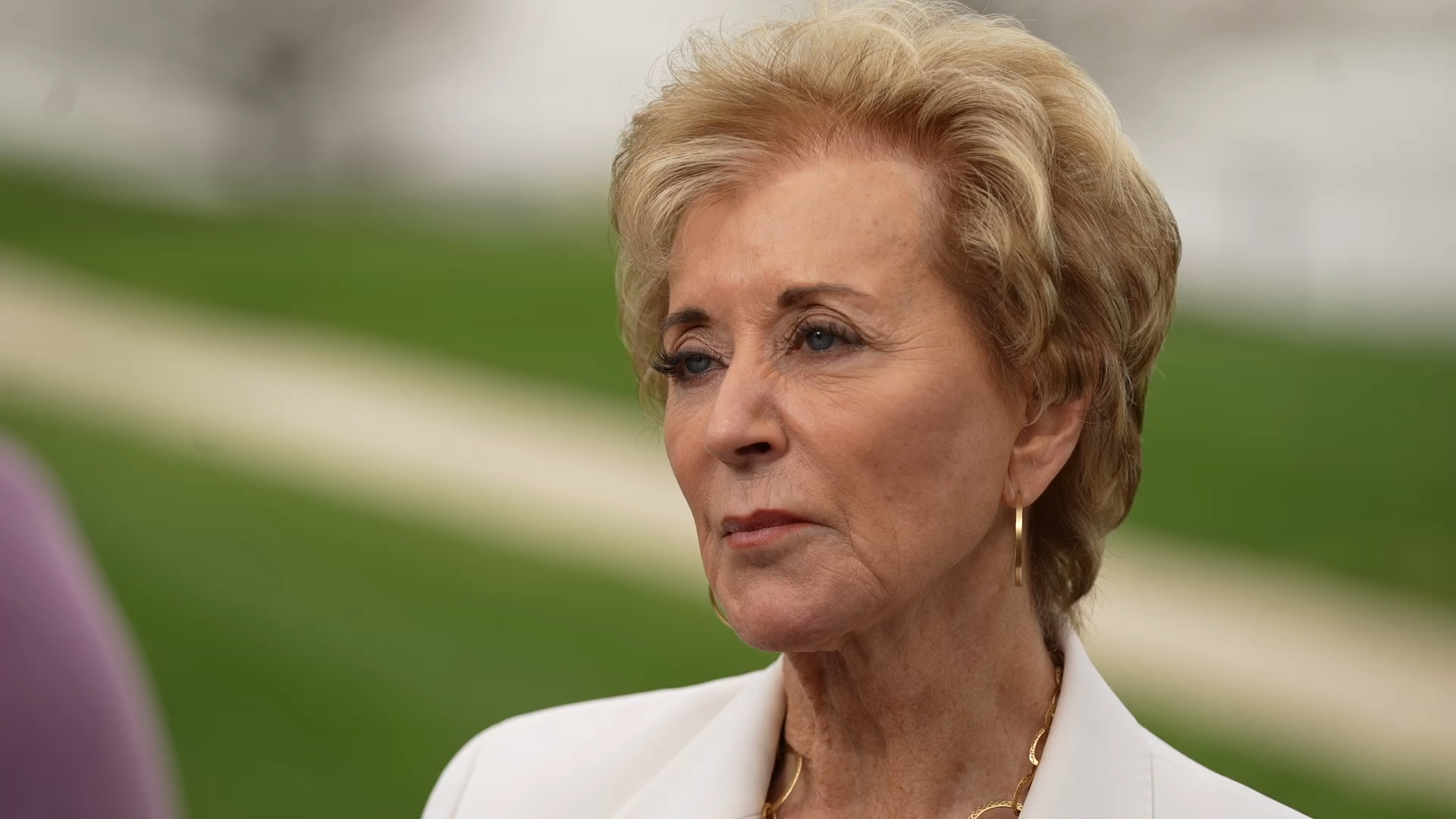About 1 in 3 Americans live in an area with unhealthy air pollution, according to the American Lung Association's recently released State of the Air report.
Why does this matter? Air pollution can impact everyone, especially those at high risk.
Pollutants can come from smokestacks, cars, household activities, power plants, wildfires, and more.
"We look specifically at two pollutants. ozone/smog and fine particle pollution or soot," said Katherine Pruitt, the national senior director of policy at the American Lung Association.
"Ozone is really primarily a respiratory pollutant, so it irritates the airways. We say that it causes something like a sunburn in the lungs," she said. "Particle pollution is sort of similar in that you breathe those fine particles down into the lungs. They are so small they can get all the way into the smallest airways."
These particles can even pass into the bloodstream, causing a number of health effects in the heart, brain, and other systems in the body.

Why air quality impacts gas prices
Air pollution is one factor in high gas prices, and curbing it could lead the way to affordability.
So how can you prevent any problems caused by air pollution? First, check the air quality in your area.
"You really also want to check day to day," Pruitt said.
You can check the air quality in your zip code here.
Second, know how your body reacts to polluted air.
"If it is going to be a bad air day, you adjust your behavior to reduce your exposure. That may mean staying inside for the day. It may mean shifting to exercising in the morning instead of in the evening when air pollution levels tend to be higher," Pruitt said.
While this year's report showed that 17.6 million fewer people are breathing unhealthy air compared to last year's report, the report highlights some geographical and racial disparities.
The report found that people of color are 3.7 times more likely than white people to live in a county with unhealthy levels of air pollution.
"One of the things that we're concerned about is the disproportionate impact of air pollution on communities of color," she said. Pruitt explained that these disparities have been increasing over the past few years.
The report also highlighted the difference between eastern states and western states.
"The heat and the drought from climate change are exacerbating air pollution problems in the western states, primarily," Pruitt said. She said this is causing western states to have more unhealthy air.
The American Lung Association has been releasing the State of the Air report for 24 years.

How Poor Air Quality Can Impact A Child's Education
Air pollution affects more than our health — it's also impacting our education system.










